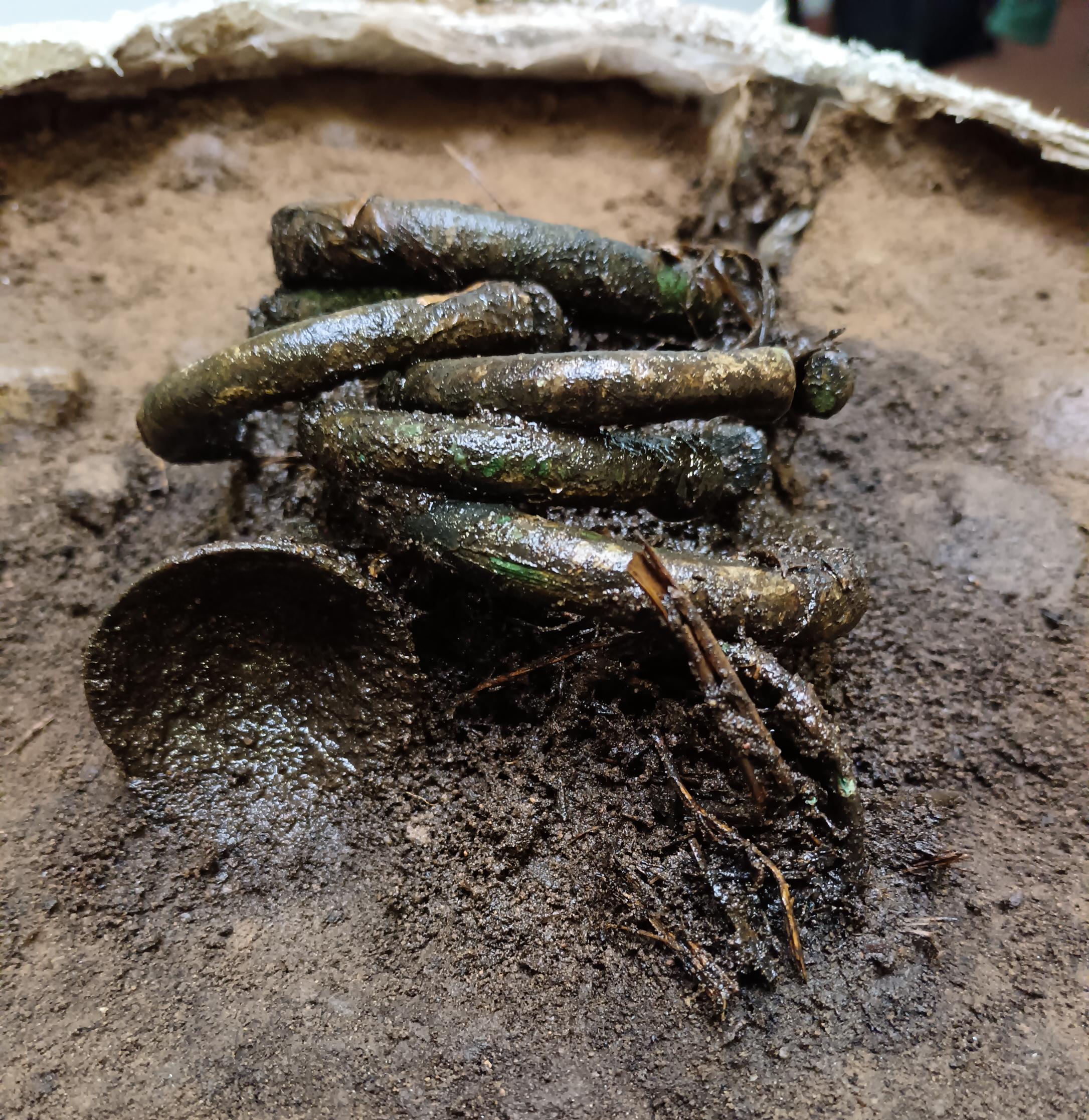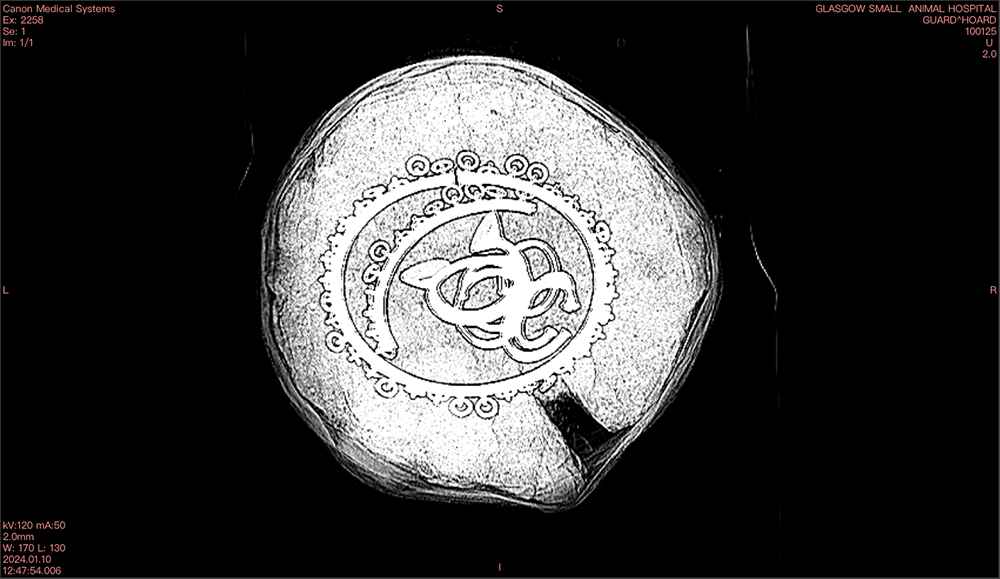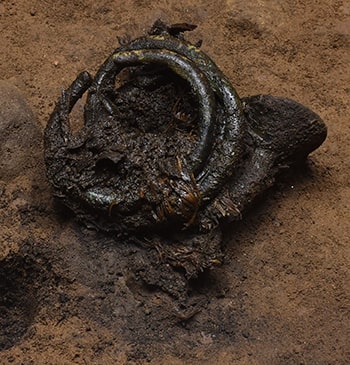In a stunning revelation that connects our present with the distant past, a 3,000-year-old hoard from the Bronze Age has been discovered in Scotland. This extraordinary find, unearthed during a housing development at Greenside in Rosemarkie, Highland Scotland, illuminates the lives and customs of the region’s Bronze Age inhabitants. Recent laboratory analyses have uncovered rare organic plant remains alongside nine bronze bracelets and necklaces, dating back to approximately 1000 BC. This discovery not only enhances our comprehension of ancient Scottish culture but also emphasizes the importance of incorporating archaeological insights into contemporary construction projects.
A Significant Discovery Amidst Modern Development
The Rosemarkie hoard is particularly noteworthy due to its context and the insights it provides. Unlike solitary finds, this hoard was located within a Bronze Age village featuring at least six roundhouses and a Bronze Age cist grave. The well-preserved nature of this context offers invaluable information about the settlement and its residents. The artifacts’ discovery within an organized settlement, rather than in isolation, enriches our understanding of societal structures during the Bronze Age.

Analyzing the Artifacts
GUARD Archaeology’s examination of the hoard has unveiled a varied assortment of artifacts. Among these are a complete neck ring, a partial neck ring, six penannular bracelets (incomplete rings), and one cup-ended penannular bracelet. Remarkably, these items were found intricately intertwined with fibrous cords that have survived intact for 3,000 years. The preservation of such organic materials is particularly exceptional, providing a unique insight into the craftsmanship and techniques employed in Bronze Age Scotland.

Rachel Buckley, who led the laboratory excavation, underscored the importance of these organic materials. “The recovery of the artifacts was meticulously conducted under controlled conditions to ensure the preservation of these highly significant objects, especially the delicate organic cords that connect some of them,” Buckley remarked. She pointed out the uniqueness of this find, noting that while other hoards have indicated that items were tied together, the survival of vegetation in the Rosemarkie hoard serves as tangible proof of this practice.
The Role of Copper in Preservation
The preservation of these artifacts can be partially credited to the anti-microbial properties of copper found in the bronze. Corrosion products from the copper adhered to the organic materials, shielding them from decay. This chemical interaction was vital in preserving both the bronze items and the accompanying fibrous cords, offering a rare chance to study the materials and methods utilized by Bronze Age artisans.

Future Investigations and Educational Initiatives
GUARD Archaeology plans to explore further the reasons behind the burial of this hoard. The shallow pit containing the artifacts was filled only once, hinting that the burial may have been intentional, possibly serving as temporary storage. Future research will aim to determine whether the hoard and the adjacent settlement were abandoned at the same time and what this might reveal about Bronze Age practices.

The archaeological findings have also spurred educational initiatives funded by Pat Munro (Alness) Ltd, which are part of Highland Council’s planning consent requirements. Senior Manager Hamish Little expressed enthusiasm for using this discovery as an educational resource for students at Fortrose Academy. Plans are being developed to establish a permanent exhibit that will not only showcase the historical significance of the hoard but also foster community engagement and educate visitors about Rosemarkie’s Bronze Age heritage.

Conclusion
The revelation of the 3,000-year-old Bronze Age hoard at Rosemarkie offers a captivating look into ancient Scottish life and customs. Discovered within a well-preserved Bronze Age village, these artifacts provide essential insights into the craftsmanship and societal structure of that era. The integration of this discovery into educational programs and community initiatives highlights the importance of safeguarding and studying our historical legacy. As research progresses, this remarkable find is sure to deepen our understanding of Scotland’s Bronze Age history and its lasting influence.
